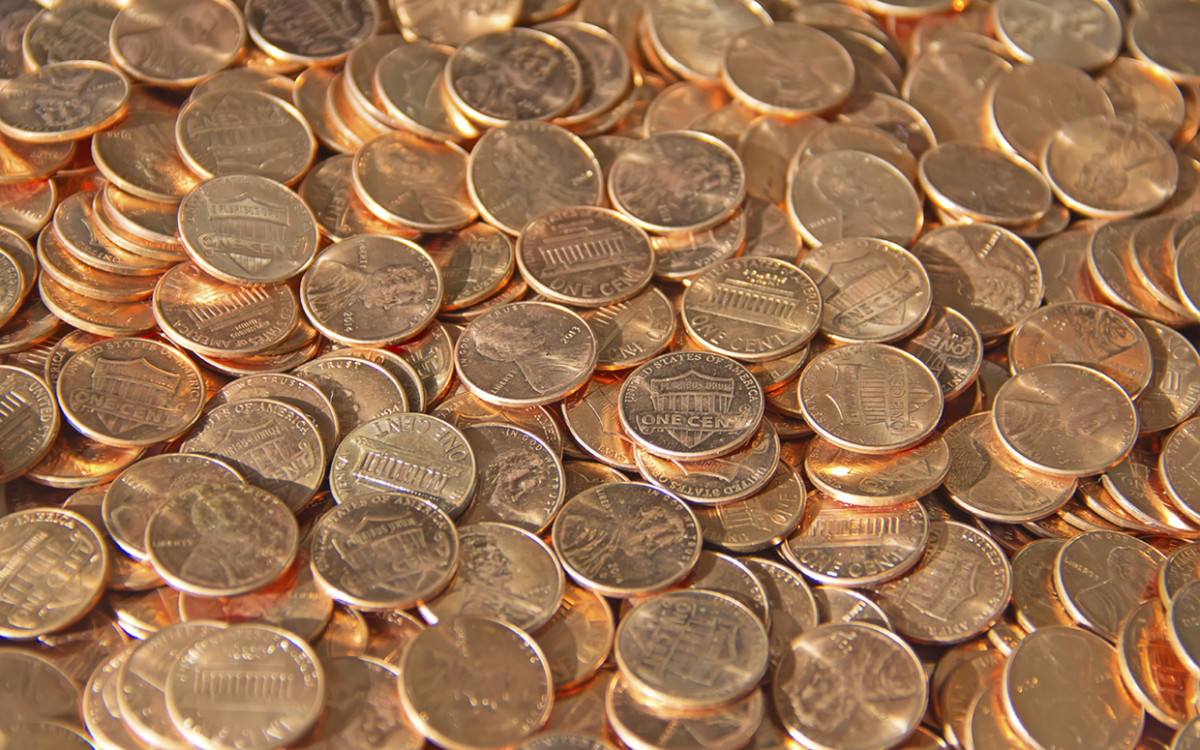Donald Trump Orders End to Penny Production

In a significant cost-cutting move, President Donald Trump has directed the U.S. Treasury to stop minting new pennies, citing their high production costs.
“For far too long, the United States has minted pennies that cost us more than two cents each. This is wasteful!” Trump stated in a post on Truth Social while returning from the Super Bowl in New Orleans. “I have instructed my Secretary of the U.S. Treasury to stop producing new pennies.”
The decision marks another swift policy shift in Trump’s administration, which has prioritized government efficiency and spending cuts. News outlets have reached out to the Treasury Department for further clarification on the directive.
Why the End of the Penny Matters
For years, economists and policymakers have debated the practicality of keeping the penny in circulation. According to the U.S. Mint, the production cost of a single penny reached nearly 3.7 cents in the 2024 fiscal year, an increase from the previous year. This resulted in an $85.3 million loss for the U.S. government from producing nearly 3.2 billion pennies.
The issue extends beyond the penny. The nickel also costs more to produce than its face value, with each five-cent coin requiring approximately 14 cents in materials and manufacturing expenses.
The Role of Elon Musk’s Government Efficiency Initiative
Trump’s directive aligns with a broader effort to reduce unnecessary government expenditures, spearheaded by the Department of Government Efficiency (DOGE), an initiative led by tech billionaire Elon Musk. Last month, DOGE highlighted the penny’s high cost in a viral post on X, sparking renewed discussion about phasing out low-value currency.
Several nations have already eliminated their smallest denomination coins. Canada stopped minting its penny in 2012, and the U.S. itself previously discontinued the half-cent coin in 1857.
Can Trump Legally Eliminate the Penny?
While Trump has ordered the halt of penny production, legal experts argue that the power to eliminate U.S. currency denominations lies with Congress. The size, composition, and existence of coins are regulated by federal law, and lawmakers have introduced multiple bills over the years to either suspend penny production or remove it from circulation. However, none have passed.
“The process of discontinuing the penny in the U.S. is a little unclear. It would likely require an act of Congress, but the Secretary of the Treasury might be able to simply stop the minting of new pennies,” said Robert K. Triest, an economics professor at Northeastern University.
Law and politics expert Dan Urman echoed similar sentiments, noting that the Treasury Secretary has discretion over coin production but not necessarily over whether the penny remains legal tender.
What Happens Next?
Trump’s directive could face legal and political challenges as lawmakers on both sides debate the necessity of keeping the penny in circulation. Some see eliminating the penny as a logical step to reduce government waste, while others argue it could have unintended consequences for cash transactions and pricing.
Colorado Governor Jared Polis voiced support for the move, stating on X: “As well as saving taxpayers hundreds of millions of dollars, there are major environmental benefits to eliminating the penny. This is a great move.”
Meanwhile, economists and policy analysts continue to weigh in on whether this step should be expanded to include the nickel as well. A past Brookings Institution commentary suggested that eliminating both the penny and the nickel could simplify pricing and reduce inefficiencies in cash transactions.
Final Thoughts
Whether Trump’s directive successfully halts penny production remains to be seen. If Congress intervenes or legal challenges arise, the issue could become another prolonged policy debate. However, one thing is certain: the future of the penny is now under intense scrutiny, and the broader discussion on currency efficiency has only just begun.






